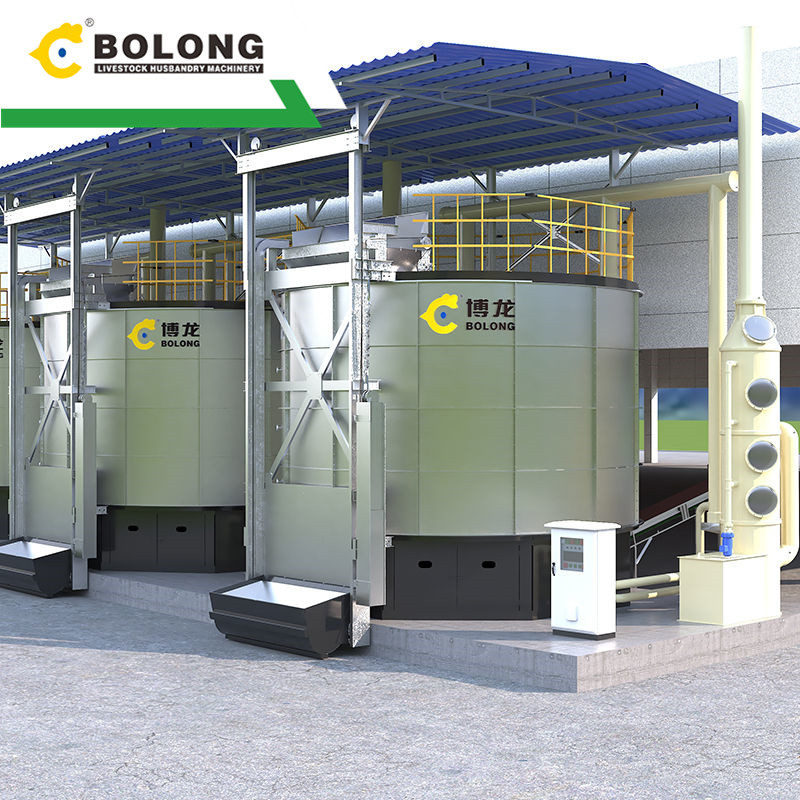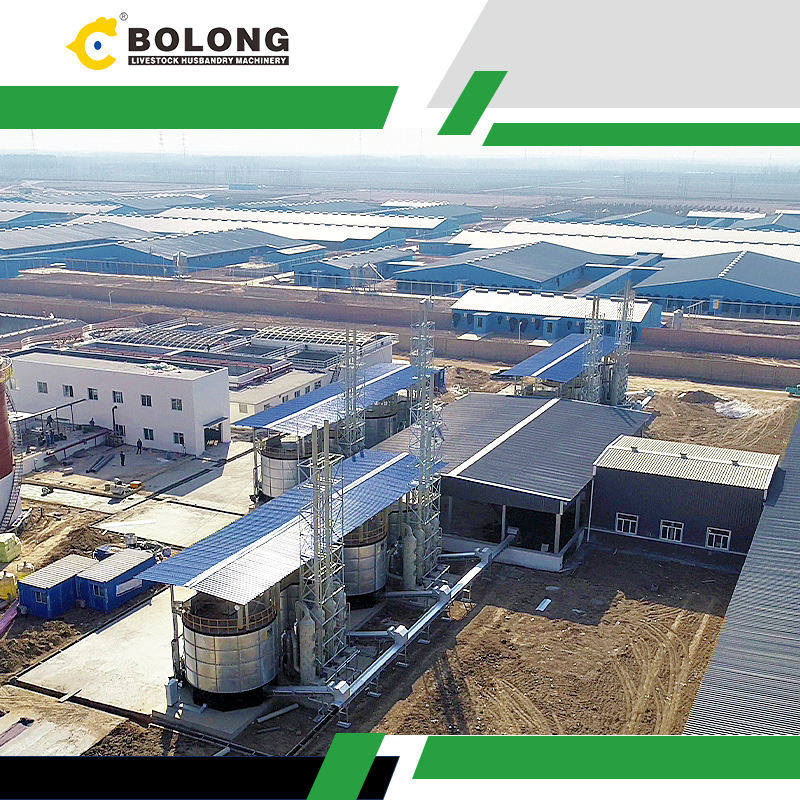If done properly, composting animal carcasses is an environmentally safe disposal option to manage emergency mortalities that do not require very high temperatures for complete destruction of transmissible diseases such as BSE.

If done properly, composting animal carcasses is an environmentally safe disposal option to manage emergency mortalities that do not require very high temperatures for complete destruction of transmissible diseases such as BSE.

Composting is one of many approved for disposal of poultry, swine, cattle, horses, sheep, goats and farmed deer by the Minnesota Board of Animal Health under normal operating conditions.

The Omnivore Composter, an In tank, tubular composter, helps you manage your on-farm composting. It is designed to operate efficiently and consistently. The composter increases biosecurity, reduces odors and pathogens, and helps you maintain a clean and neighbor-friendly operation.

The preferred approach for managing a large number of carcasses from a disease outbreak, however, would be the use of sludge based compost as in Trial 4, where the compost is laid out as a bed on the ground surface and is used as a cover over the carcass. BIBLIOGRAPHY. Parker, J. 1971. The Veterinary Record.

Our Company. Bolong was founded in 1993, since then we have been committed to modernized livestock and poultry breeding.We established Hebi Bolong livestock Husbandry Machinery Co., Ltd. in 2012, an enterprise specialized in R&D production of automatic farm equipment, which takes the practicability and reliability as the starting point.In 2015

On-farm Composting of Large Animal Mortalities Caitlin Price and Lynne Carpenter-Boggs 3 Equipment The basic tools needed for on-farm compost-ing of mortalities are: 1. Front-end loader for moving materials and carcasses, and for turning compost piles. 2. Logbook to record amount and type of compost materials, carcass weights, in-

May 3, 2023 · Manufacturer & service of high flow solids reduction & removal equipment, including fine screen separation systems, sewage waste grinders, two-shafted bulk grinders suitable for bulky solids such as animal carcasses, wood, recyclables, trash, slurry & metal; fish cleaning stations & solids removal equipment for wastewater treatment for

exposed carcasses and minimize odors and incoming pests. 6. Windrow dimensions, including the base and cap, may be reduced for smaller carcasses, but overall windrow should have a height of at least 4.5 feet. LABOR, EQUIPMENT, SUPPLIES AND MATERIALS Skilled equipment operators and general laborers;

Proper Animal Mortality Disposal. Length: 00:04:16 | J. Craig Williams. This video provides an overview of the approved of animal disposal in Pennsylvania, along with best management practices for each method. Description. Animal mortality is a part of nature, and a reality of raising livestock. When an animal dies, both legal and

Composting is a biosecure, environmentally sound, and cost-effective management tool in many states. Burial, rendering, and compost are the three most commonly accepted practices for New England livestock producers. This is an overview of these management options. Burial. Burial of mortalities has been an accepted practice for many years.

Jul 20, 2017 · Livestock producers and large-animal veterinarians face a growing problem in rural Texas—what to do with dead animals. Rendering services are getting more expensive and harder to come by, and just leaving carcasses to predators and the forces of nature is not acceptable. So what are the options?

These guidelines provide carcass and related waste management considerations and recommended procedures for use by Veterinary Services and other official response author-ities when developing animal disease outbreak containment and eradication plans. They apply to animal disease outbreaks of varying sizes, whether the outbreak is isolated to a

Jun 8, 2020 · What Are Livestock Carcass Management Options for Non-Diseased Animals? Because of the potential for a large number of animal carcasses and the resulting potential public health impacts during significant events like a pandemic, EPA recommends that facilities, producers, and growers, as well as state and local authorities, develop pre-incident waste management plans that cover the management

On-farm Composting of Large Animal Mortalities Caitlin Price and Lynne Carpenter-Boggs 3 Equipment The basic tools needed for on-farm compost-ing of mortalities are: 1. Front-end loader for moving materials and carcasses, and for turning compost piles. 2. Logbook to record amount and type of compost materials, carcass weights, in-

May 11, 2022 · 4.3 Composting. The composting of animal carcass is a natural biological decomposition process that takes place in the presence of oxygen (air). It is recognized as an effective method by the biosecurity agencies to manage routine and emergency management of mortalities . The animal carcasses are broken down into basic elements, i.e. organic